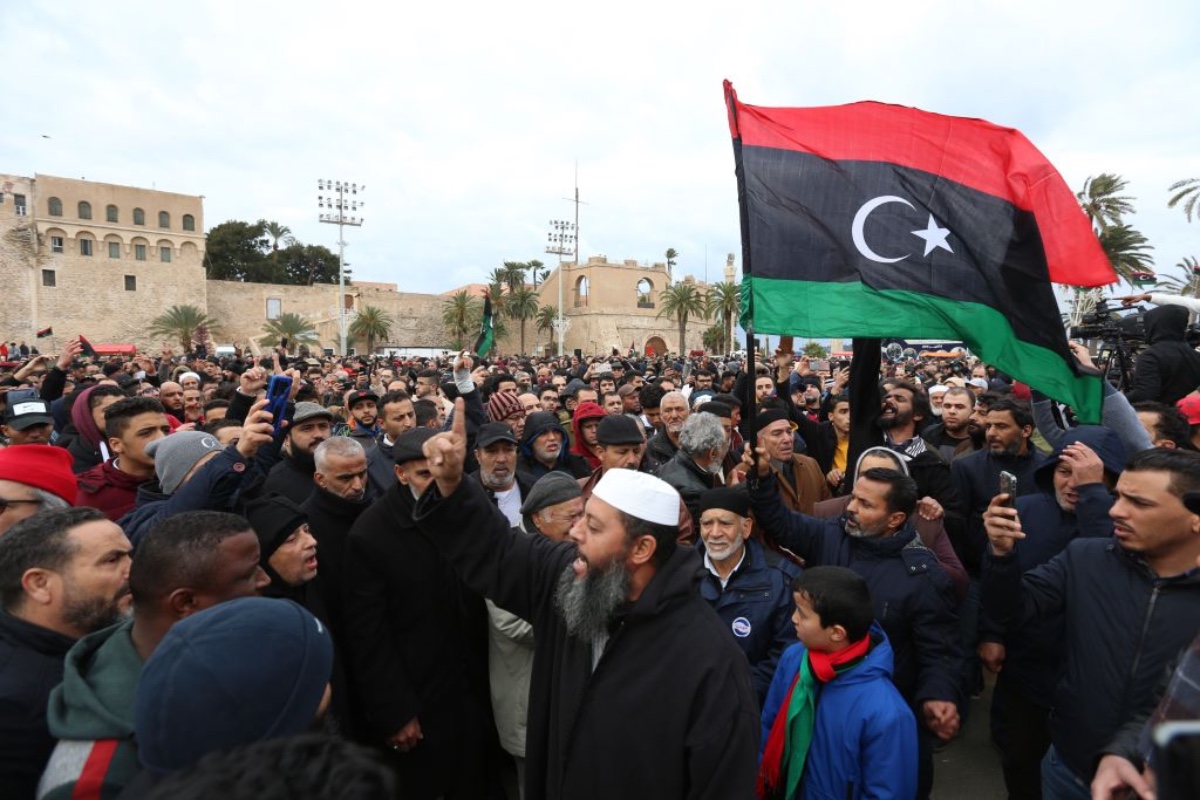CAIR National and CAIR-LA host leadership webinar
By Susan Schwartz
TMO Contributing Writer
The Council on American Islamic Relations (CAIR), the nation’s largest Muslim civil liberties organization, and the CAIR-LA chapter hosted an educational and informative webinar as part of a leadership training initiative this week. The event dealt with the intertwined issues of Islamophobia and hate crimes – their definitions and parameters and what limits, if any, were legally set vis a vis the First Amendment.
Participants were CAIR’s Todd Gallagher, who acted as moderator, Corey Saylor, the Director of CAIR’s Department to Monitor and Combat Islamophobia, and Fatima Dadabhoy, the Senior Civil Rights Attorney at CAIR-LA. Questions were taken at the completion of each speaker’s presentation.
Saylor began by asking “What can you do on a local level?” There has been an uptick of hate crimes and, he continued, we must face the issue of Islamophobia.
People in this country have a right to speak out against any group including Muslims. The courts have upheld, with few exception, the First Amendment rights of these people.
Saylor gave as an example a response to Islamophobia in a situation that occurred recently in Murfreesboro, Tennessee. There a mosque wanted to expand. A coalition of Islamophobes formed a vociferous opposition. These were people who could find no place for Muslims in America. During a particularly heated exchange a Muslim woman, rather than respond in a like manner and lower her participation to the level of the Islamophobes, simply turned to them and smiled. He gave this as an example of one type of reaction to Islamophobia and cautioned his audience that any response which could be construed as hostile could play into the stereotype of Muslims that Islamophobes want to offer.
Saylor also gave as an example the proposed plans to build a comprehensive Islamic Center known as the Cordova Project or the Park 51 Project near the site of the attacks of 9/11. This was met with massive opposition led largely but not exclusively, by Pamela Geller. The opposition brought out a tremendously emotional response to the plans. A poll taken at the time showed that 70% of Americans were against the proposed building plan.
In delineating Islamophobia in America Saylor spoke of 37 groups with an inner core and an outer core.
The groups in the inner core are devoted entirely to Islamophobia – he gave Daniel Pipes and Brigitte Gabriel as illustrations. The outer core, such as Fox News, is only occasionally Islamophobic.
A closer look at the inner core shows that these groups take in large sums of money and that their leaders find Islamophobia profitable.
During the four year period 2007 to 2011, 119 million dollars was collected by these groups. These groups often work with and cooperate with each other.
Daniel Pipes of the Middle East Forum (MEF) also funds Steven Emerson’s Investigative Project on Terrorism (IPT). Brigitte Gabriel and her Act for America (ACT) has the most extensive grass roots organization, and Gabriel just voted herself a considerable raise in salary.
American Laws for American Courts (ALAC), the brainchild of attorney David Yerushalmi, was devised to vilify Islam. This law recently passed the Oklahoma legislature. Yerushalmi gave the Bill to the Eagle Forum and to the aforementioned ACT, and they in turn gave it to their congresspersons. Nine states now have this law.
Saylor said that it would be best not to take on Geller directly. It would be far better to work on those whom she influences. If someone puts on a hate fest, you put on an event that counters it with the truth about Islam.
A questioner asked what impact Islamophobia has on Muslim youth. Mr. Saylor responded by saying that Islamophobes want us to shut up. Young Muslims who have grown up in the United States know how to speak up and how to use American symbols. For example, to explain jihad one could respond by saying that it refers to the manner in which a Muslim pursues life, liberty, and pursuit of happiness.
Fatima Dadabhoy spoke next. She said we would talk about crime and hate speech. Why do we pay so much attention to hate crimes? She gave the following illustration. A clerk in a convenience store is robbed and beaten during a robbery. He is of Arab extraction, but there is no evidence that he was singled out for the crime. His ethnicity did not play a part in the robbery. That is not a hate crime.
But, suppose when the police arrived they found hateful graffiti on the walls saying, perhaps, “Go home, Arab”.
Then the issue is treated as a hate crime as it satisfies the criteria. The impact of a hate crime goes well beyond the crime itself. It impacts society and can have a brush fire effect. Further it can encourage copy cats.
17-19












2015
995 views
views
0
comments